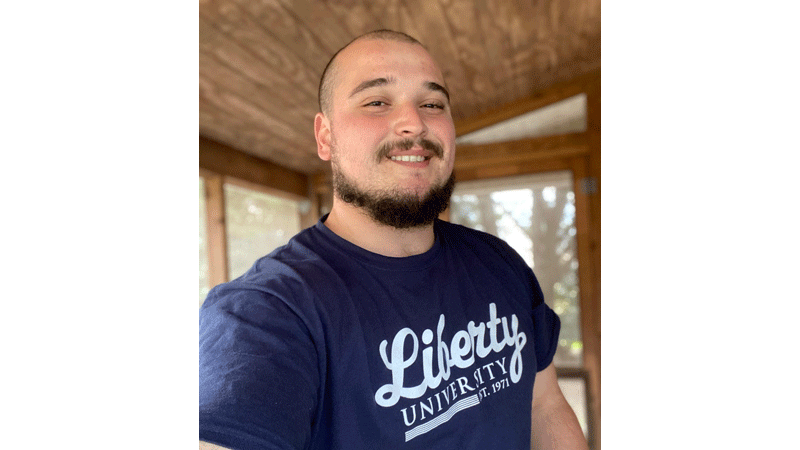What I learned waiting tables
Published 10:58 am Saturday, June 28, 2014
Serving soup at the recent Second Harvest Food Bank fundraiser in Winston-Salem, I kept thinking about waiting tables back in the day.
It was fun and it was extra money during my summers at Carolina.
Only years later did I realize that you can carry the wisdom you glean from working in restaurants — whether you’re cooking, bartending or waiting — for all your days: lessons about drive, fun, creativity, patience, focus and humility (which, when waiting on tables, is often just the same as holding your tongue). To this day, many of my friends work in restaurants, and I am proud to know them and tip them as well as I can. My wife, Kathleen, worked in restaurants. My daughter, Molly, is a waitress.
During the early 1980s, I was fortunate enough to work at a classic, and now, sadly, defunct restaurant in Nags Head, The Seafare. It was a pink landmark of stone on the Beach Road, an oasis for travelers — and all but a part of my family.
My parents had been taking me and my siblings there most all our lives. We tried to grow into adults there. My parents and my sister Mimi landed us jobs at the Seafare after my first year in college. Mimi got a job as a hostess. I, like most of the new male employees, had to spend the first summer washing dishes and busing tables before we could, we hoped, graduate to waiting tables.
When we finally made that move, our mentors were older black waiters and white ones who depended on this waiting job for their livelihood — not just for beer money like some of us younger cats. But the older guys tolerated us. And we all would enjoy drinks together after work. The older guys regaled us with endless stories, funny stories, but also ones about never giving up through the tough times.
The boss was Mike Hayman, who’d taken the reins of the restaurant from his parents. They’d run the legendary oceanfront Arlington Hotel just across the Beach Road from the Seafare. By the early 1980s, Mike and his wife Libbi were the charismatic operators of the Seafare. Hayman, a big muscular man in Topsiders, would praise the work of my more deserving peers, but he could also be bombastic, loudly letting employees know if they’d done something wrong, or if he perceived they had.
It was all good, for the most part. So was Hayman, a veteran sailor and fisherman who we called “Cap’n.”
He taught us, at least us younger guys, plenty. I remember an employee meeting when he told us to handle our station of several tables like it was our own business: treat your customers right, listen to them, push the menu on them to up your (his) sales and your tips.
We lived and learned together, even as the Seafare world was coming to an end.
On a hot August morning in 1984, I watched the old pink building burn down. I thought back to another day, a winter one in the early 1970s, when my father and I had watched a nor’easter-whipped ocean knock the Arlington down. It was the only time I ever saw my father cry.
He probably remembered hanging out with his fellow World II vets there.
In contrast to that Greatest Generation, almost all I had to show for my 20s was the Seafare. And the memories of our family dining there, and then my waiting on my parents there.
But that was enough.
Just as at restaurants the world over, waiters before me at the Seafare and ones I worked with went on to make their way in the law, in business and in education. My sister Mimi, the hostess, is now a top educator at Bluefield College in Bluefield.
Mimi, like me, learned some basics working in restaurants, including these: Always treat your customers with respect, even when they don’t return it. Hold in your heart the restaurant friends with whom you worked. And tip well your service folks. They labor hard for it.
Cheers.
JOHN RAILEY, who grew up in Courtland, is the editorial page editor of the Winston-Salem Journal, where this column first appeared. His email address is jrailey@wsjournal.com.





